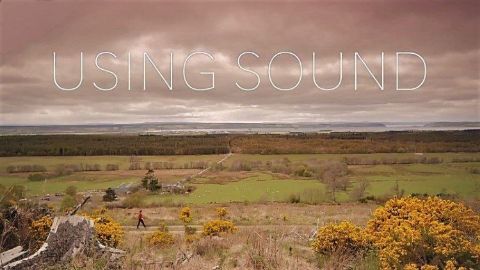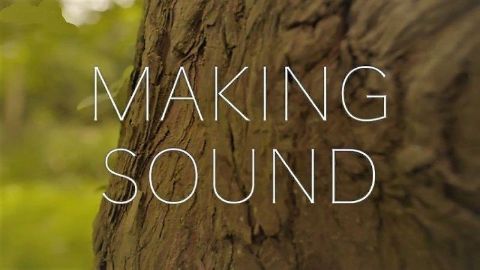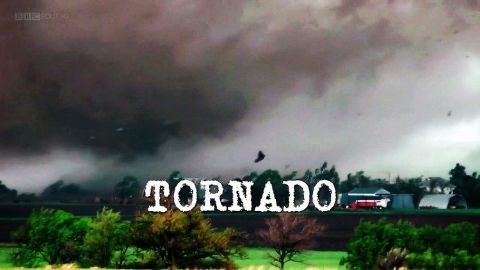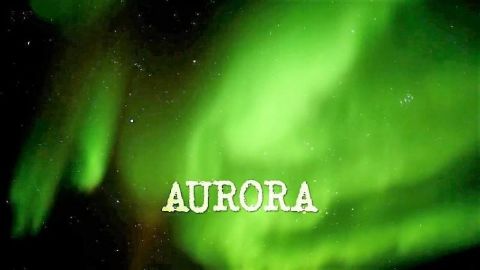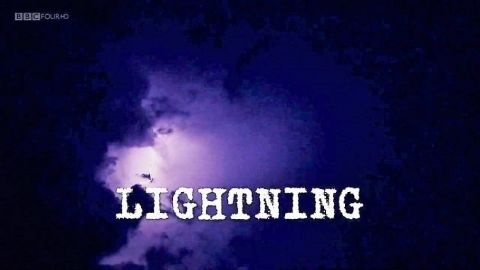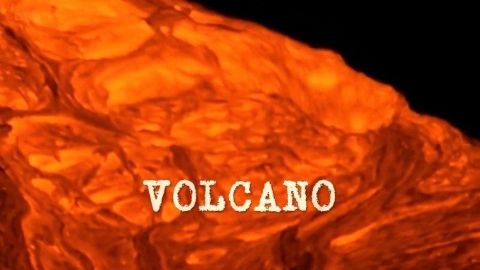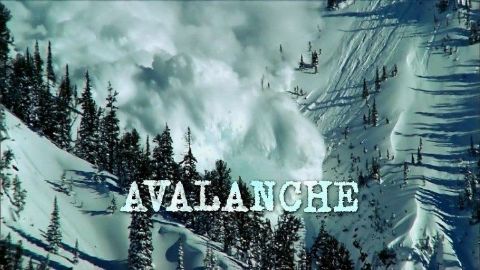dr helen czerski (7 videos) • 7 videos
Visiting a hidden location buried beneath the hills of Scotland, Helen experiences some of the most extreme acoustics in the world. Here she learns just how much information can be carried by sound. She discovers how sound has driven the evolution of truly incredible biological systems and complex relationships between creatures that exploit sound for hunting - and escaping from predators. Helen demonstrates how sound waves diffract (bend around objects) and in doing so help us sense danger and locate it. Helen explains how we are not limited to passively detecting sound waves; we can also use them to actively probe the world.
At the Palace of Westminster, Helen teams up with scientists from the University of Leicester to carry out state-of-the-art measurements using lasers to reveal how the most famous bell in the world - Big Ben - vibrates to create pressure waves in the air at particular frequencies. This is how Big Ben produces its distinct sound. It's the first time that these laser measurements have been done on Big Ben. At the summit of Stromboli, one of Europe's most active volcanoes, Helen and volcanologist Dr Jeffrey Johnson use a special microphone to record the extraordinary deep tone produced by the volcano as it explodes. Finally, at the University of Cambridge's Institute of Astronomy, Helen meets a scientist who has discovered evidence of sound waves in space, created by a giant black hole. These sounds are one million billion times lower than the limit of human hearing
Dr Helen Czerski peers into the heart of the storm to find out how advances in technology are giving new insight into tornadoes - the fastest winds on the planet. From the breathtaking footage that capture the extreme weather events that produce them, to the latest experiments investigating their incredible destructive power, Helen discovers how understanding the subtle changes deep within the storm are improving predictions of when and where these devastating beasts will strike.
Dangerous Earth • 2016 • Nature
Helen looks at the latest scientific insight into the aurora - dancing lights in the night sky that have fascinated cultures throughout our history. From the networks of cameras now capturing its vast scale, to novel experiments that probe the threat it poses to modern technology, Helen reveals the dramatic transformation in our understanding of the aurora, and the many mysteries that remain to be solved.
Dangerous Earth • 2016 • Nature
Dr Helen Czerski examines the hottest natural phenomena on the planet - lightning. Bolts of lightning five times hotter than the surface of the sun strike our planet over 3 million times every day - and yet we still know little about this deadly force of nature. Now, specialist photography is revealing how lightning travels through the air, high-speed cameras are unlocking the secrets of upward lightning that's triggered by our urban landscapes, and scientific expeditions are capturing rare images of intense electrical discharges over 80 kilometres wide.
Dangerous Earth • 2016 • Nature
Helen looks at volcanoes. With shocking eyewitness footage of eruptions, and new thermal imagery and ultra-high speed photography, we can now capture on camera the complex processes crucial to understanding how and why these forces of nature erupt.
Dangerous Earth • 2016 • Nature
Dr Helen Czerski looks at the anatomy of an avalanche. From shocking eyewitness footage from within an avalanche, to detailed CT scans showing the microscopic changes that cause them, we can now capture exactly what happens as snow transforms into a deadly and unpredictable danger.
Dangerous Earth • 2016 • Nature
